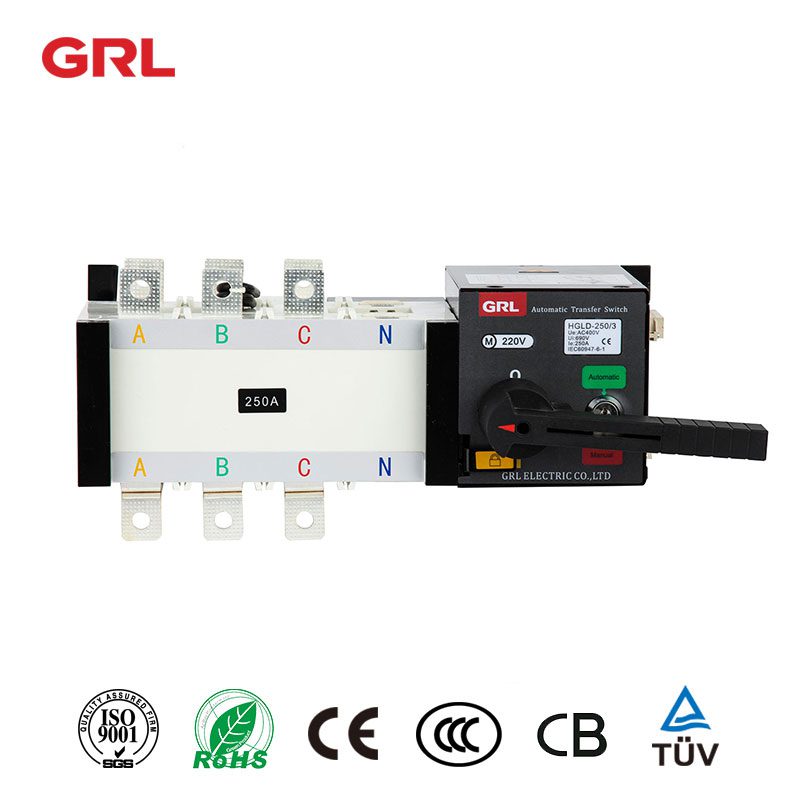
html
Automatic Transfer Switch: Ensuring Uninterrupted Power Supply
In today’s technology-driven world, uninterrupted power supply is crucial for both residential and commercial applications. Power outages can lead to significant disruptions, data loss, and even safety hazards. This is where an Automatic Transfer Switch (ATS) plays a vital role in maintaining continuous power flow.
What is an Automatic Transfer Switch?
An Automatic Transfer Switch is an intelligent device that automatically transfers power sources when it detects a failure in the primary power supply. It seamlessly switches between the main power grid and a backup generator or alternative power source, ensuring that critical systems remain operational during outages.
How Does an ATS Work?
The operation of an ATS can be broken down into three main stages:
Keyword: Automatic Transfer Switch
- Monitoring: Continuously checks the primary power source for voltage and frequency stability
- Detection: Identifies power failures or significant fluctuations in the main supply
- Transfer: Automatically switches to the backup power source within seconds of detecting an outage
Key Benefits of Automatic Transfer Switches
Implementing an ATS system offers numerous advantages:
- Seamless Transition: Eliminates manual intervention during power failures
- Enhanced Safety: Prevents backfeeding that could endanger utility workers
- Equipment Protection: Reduces wear and tear on generators by managing proper load transfer
- Business Continuity: Maintains operations for critical infrastructure like hospitals and data centers
Types of Automatic Transfer Switches
There are several ATS configurations available to meet different requirements:
| Type | Description | Typical Applications |
|---|---|---|
| Open Transition | Briefly interrupts power during transfer | Non-critical residential use |
| Closed Transition | Seamless transfer with momentary parallel operation | Commercial buildings, hospitals |
| Soft Load | Gradual transfer to minimize inrush current | Industrial facilities with sensitive equipment |
Choosing the Right ATS for Your Needs
When selecting an Automatic Transfer Switch, consider these factors:
- Power requirements of your facility
- Criticality of the systems being protected
- Available space for installation
- Budget constraints
- Future expansion plans
For most commercial applications, it’s advisable to consult with a professional electrical engineer to determine the optimal ATS solution.
Maintenance and Testing
To ensure reliable operation, ATS units require regular maintenance:
- Monthly visual inspections
- Quarterly operational tests
- Annual comprehensive maintenance by qualified technicians
- Periodic cleaning of contacts and components
Proper maintenance extends the lifespan of